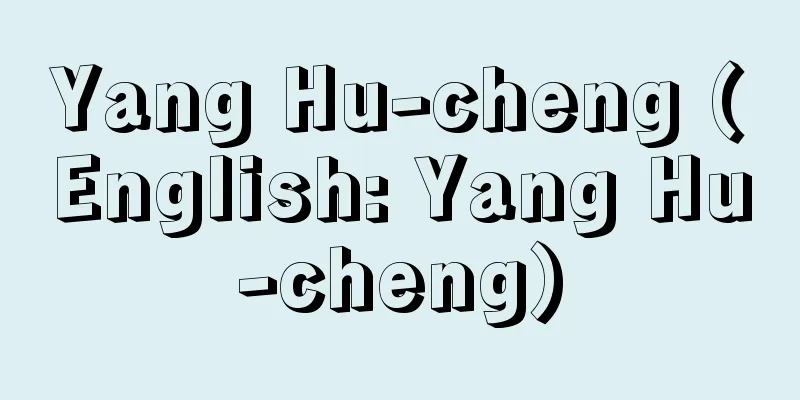Kazuo Fukumoto

|
Marxist theorist. Born in Tottori Prefecture. After graduating from First High School, he entered the Department of Political Science, Faculty of Law, Tokyo Imperial University. He graduated in 1920 (Taisho 9). In 1922, he studied in Germany and France as an overseas researcher of the Ministry of Education, and devoted himself to Marxist research. He returned to Japan in 1924, and published the results of his research in the magazine Marxism, attracting attention. In 1926, he criticized Yamakawa Hitoshi's theory of leadership of the communist movement. Fukumoto criticized Yamakawaism, which emphasized the growth of spontaneous class consciousness among workers, as unionism and eclecticism, and argued that the class consciousness of revolutionary elements must be injected from the outside. In particular, Fukumotoism, which advocated the need for theoretical struggle based on the organizational theory of "separation before union," attracted intellectuals and students who sought the construction of a vanguard party and clear theory in the midst of a dissolution of the party, and became a huge hit. However, this theory not only neglected the trade union movement, but also intensified divisions within it, leading to its downfall after being criticized in the 1927 Theses. Fukumoto was arrested in connection with the March 15 Incident in 1928 (Showa 3) and imprisoned for 14 years until 1942. While in prison he came up with the idea for "The History of the Japanese Renaissance," and after his release he devoted himself to the study of cultural history, including Edo culture, and agricultural issues. In his later years he was known for his research on owls. [Kenzo Kitagawa] "Kazuo Fukumoto, 'Naked Statues of the Revolutionary Movement' (1962, Sanichi Shobo)" Source: Shogakukan Encyclopedia Nipponica About Encyclopedia Nipponica Information | Legend |
|
マルクス主義理論家。鳥取県生まれ。第一高等学校を経て東京帝国大学法学部政治学科に入学。1920年(大正9)卒業。1922年文部省在外研究員としてドイツ、フランスに留学、マルクス主義研究に専念した。1924年に帰国、雑誌『マルクス主義』にその成果を次々と発表して注目を集め、1926年には山川均(ひとし)の唱える共産主義運動の指導理論を批判した。福本は、労働者の自然発生的な階級意識の成長を重視する山川イズムを組合主義・折衷主義と批判し、革命的分子の階級意識を外部から注入しなければならないとした。とくに「結合の前の分離」という組織論にたって理論闘争の必要を訴えた福本イズムは、解党状況の下で前衛党の建設と明確な理論を求めた知識人や学生を魅了し、一世を風靡(ふうび)した。しかし、この理論は組合運動を軽視しただけでなく、組合運動の分裂を激化させ、二七年テーゼで批判されて失墜した。福本は1928年(昭和3)三・一五事件で検挙され1942年まで14年間入獄した。獄中で「日本ルネッサンス史論」を着想し、出獄後は江戸文化など文化史の研究と農業問題の研究に専念した。また晩年はフクロウの研究で知られた。 [北河賢三] 『福本和夫著『革命運動裸像』(1962・三一書房)』 出典 小学館 日本大百科全書(ニッポニカ)日本大百科全書(ニッポニカ)について 情報 | 凡例 |
<<: Fukumoto Nichinan - Fukumoto Nichinan
Recommend
Orthophosphoric acid - Ortorinsan
→ Orthophosphate Source: Asakura Publishing Nutrit...
Osmotic concentration
… Osmotic pressure is usually expressed in units ...
Insider trading - insaida-torihiki (English spelling) insider trading
In securities market transactions, unfair trading...
Awamorisou - Awamorisou
…The Japanese name comes from the fact that the s...
foreign trade multiplier
... Also, when there is foreign trade, part of th...
Azemame - Azemame
…In rice paddies, the purpose is to allow water t...
Akamatsu Norimura
Year of death: Kan'o 1/Shohei 5.1.13 (1350.2.2...
Cape Sable
A cape at the southwestern tip of the Florida Peni...
Key - Key (English spelling)
A mechanical element used to secure mechanical pa...
Willow Crepes - Willow Crepes
〘Noun〙 (crepe is a Japanese word for crepe ) A fab...
Gyokudai Shin'ei
An anthology of love poems from the Han and Wei d...
Squalus
…A general term for marine fishes belonging to th...
Southern Nilotic
The Nilotic languages include the Nubian dialec...
Silver Kingfish
...A marine fish of the Perciformes family (illus...
Kitamakura - Kitamakura (English spelling) Scribbled toby
A fish of the pufferfish family. It is found in co...









